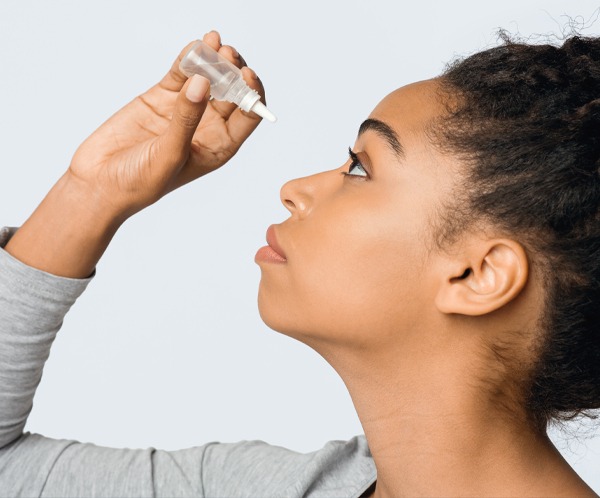

TempSure Envi
Originally developed for cosmetic purposes but discovered to be an effective treatment for Meibomian Gland Dysfunction (MGD), which is the leading cause of Dry Eye Syndrome. When meibomian glands become clogged, they are unable to produce the oils that make up the top protective lipid layer of the tear film. By heating around the eye with radio-frequency (RF), blockages from the meibomian glands can be cleared allowing them to properly function once again. Call 336-271-2020 to schedule your free consultation with VSECT.
Amniotic membrane technology
Regener-Eyes biologic eye drop
Autologous serum eye drops
Or a combination of some of these strategiesIf you suffer from dry eye or any of its associated symptoms, schedule an appointment at Vision Source-Eye Center of the Triad to meet with Dr. Koop and the rest of the Doctors and team at Vision Source Eye Center of the Triad.